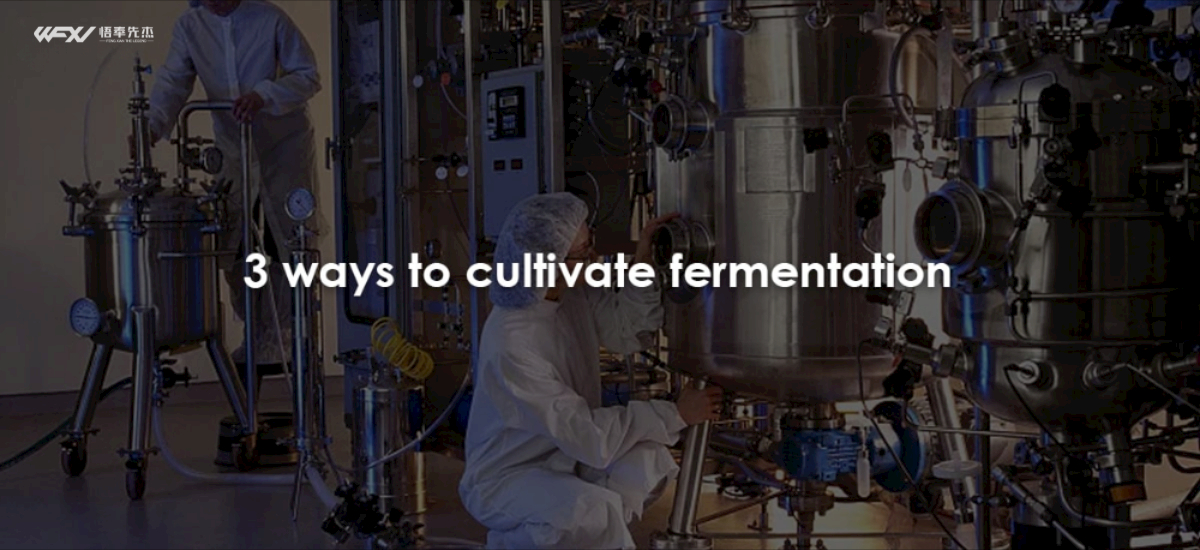
There are three main types of fermentation culture methods, namely batch culture, fed-batch culture and continuous culture.
1. Batch Culture
Batch culture means that the culture medium is added at one time without supplementation or replacement. Due to nutrient consumption and accumulation of metabolites, the logarithmic growth phase cannot be maintained for a long time. Batch culture must go through the processes of sterilization, loading, inoculation, fermentation, and feeding every time. Therefore, the non-production time is large and the energy consumption is large. However, this cultivation method is simple to operate and is the most widespread cultivation method.Fermentation tanks are often used in the fermentation process.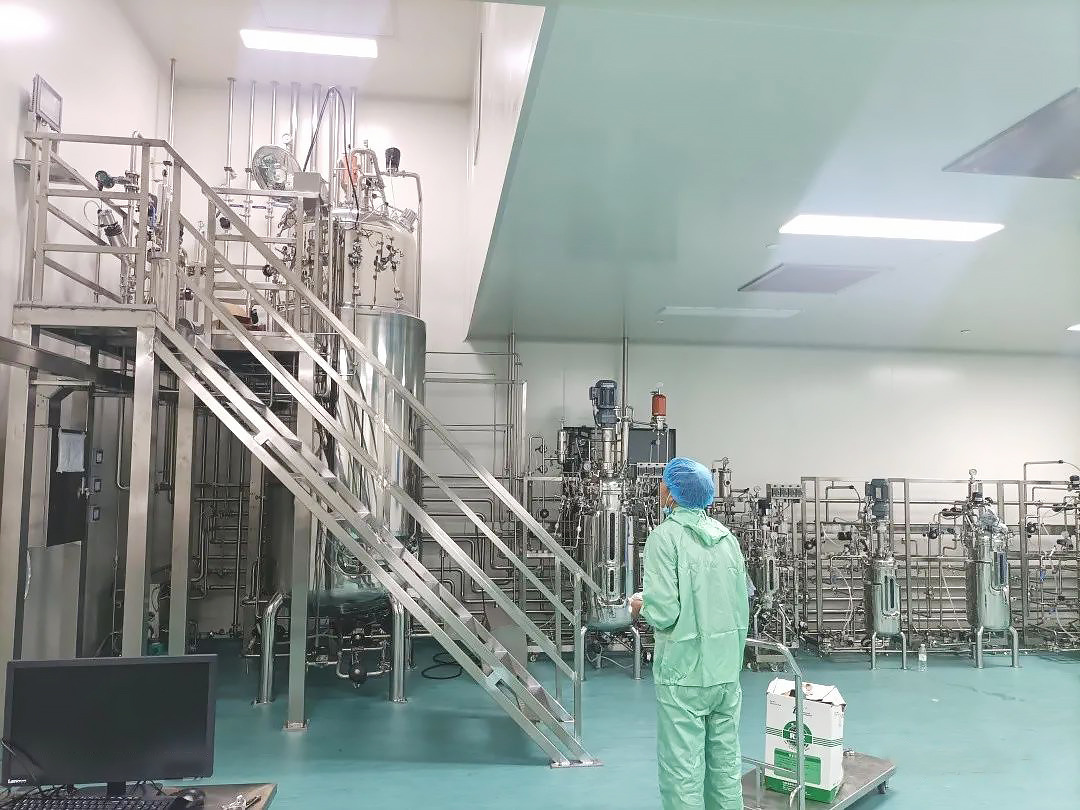
Routine maintenance of fermentation tanks
Batch culture is the operation of harvesting products all at once. The advantages of batch culture are: one-time sterilization of culture medium and one-time feeding, easy to achieve sterility; easy operation and control, stable product quality; high culture concentration, easy product separation.
However, batch culture requires more auxiliary time and the equipment production capacity is low. In most current fermentation production at home and abroad, batch culture methods are used.
The typical products of batch fermentation are mostly traditional foods around us, such as vinegar, bean paste, rice wine, etc.
2. Fed-batch Culture
Fed-batch culture refers to a culture method in which fresh culture medium is added intermittently or continuously during the batch culture process. Fed-batch fermentation is actually an intermediate type between batch fermentation and continuous fermentation, and it is also the most widely used type at present.
Fed-batch fermentation has been widely used in: including single-cell proteins, amino acids, growth hormones, antibiotics, vitamins, enzyme proteins, organic solvents, organic acids, nucleotides, polymers, etc.
The main advantages of fed-batch fermentation include: removing the inhibitory effects of substrates and processes, controlling the fermentation state to be as optimal as possible, and improving the conversion rate of products.
3. Continuous Culture
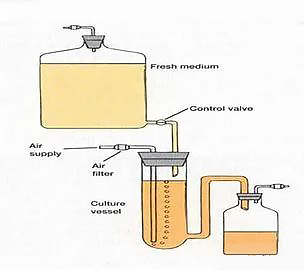
Continuous culture, also called open culture, is relative to batch culture or closed culture. Continuous culture is a culture method that uses effective measures to maintain vigorous growth of microorganisms in a specific environment.
Microorganisms are placed in a certain volume of culture medium, and after culturing for a period of time, they are finally harvested at once, which is called batch culture. In batch culture, the culture medium is added once and is not replenished.
As microorganisms grow and reproduce actively, nutrients are gradually consumed, and harmful metabolites continue to accumulate, making it impossible to maintain the logarithmic growth phase of bacteria for a long time.
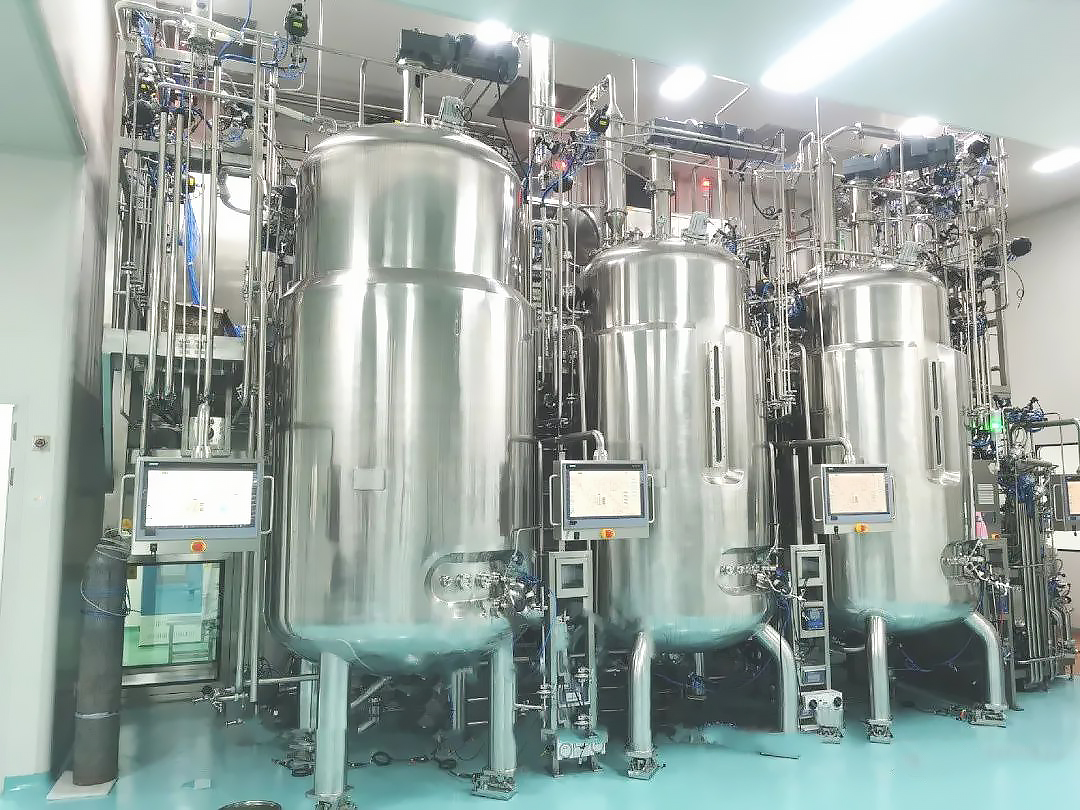
The fermentation tank is running smoothly
Continuous culture is based on the study of typical growth curves, recognizing the reasons for the arrival of the stable period, and continuously supplementing fresh nutrients in the incubator and stirring them evenly.
On the other hand, the culture (including bacteria and metabolites) is continuously discharged at the same rate in time, so that the culture reaches a dynamic equilibrium, and the microorganisms in it can maintain a balanced growth state and a stable growth rate in the logarithmic phase for a long time. .
Continuous culture can not only provide experimental materials of a certain physiological state for microbial research at any time, but also improve the production efficiency and automation level of the fermentation industry. This method has become the development direction of the fermentation industry.
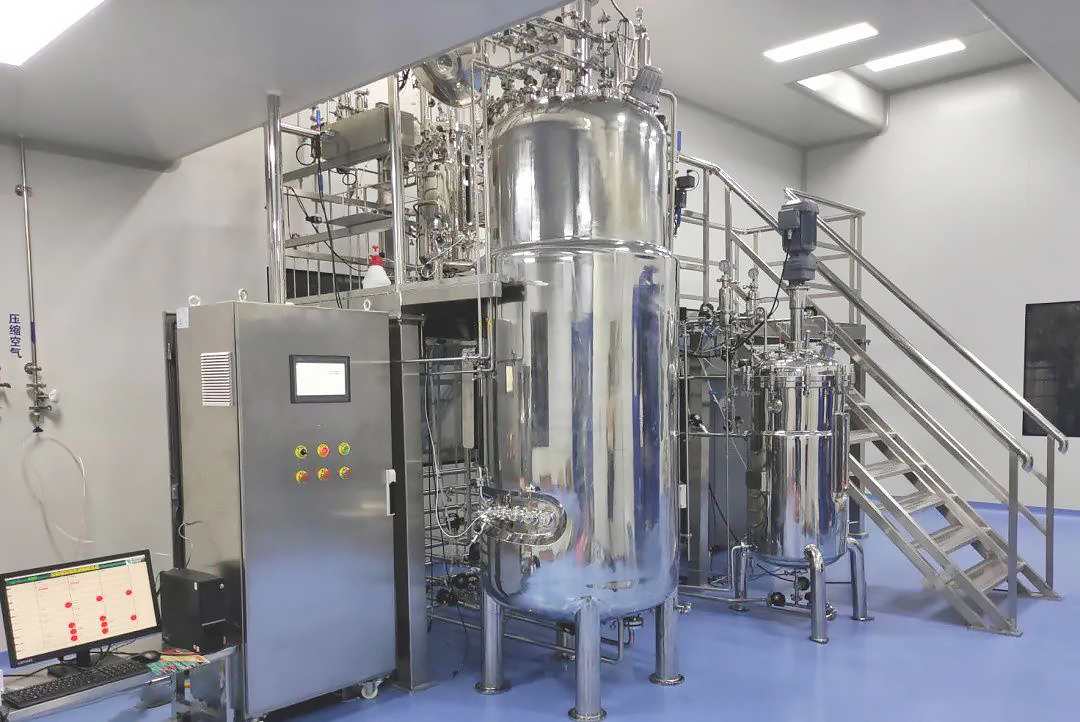
The fermentation tank is running smoothly